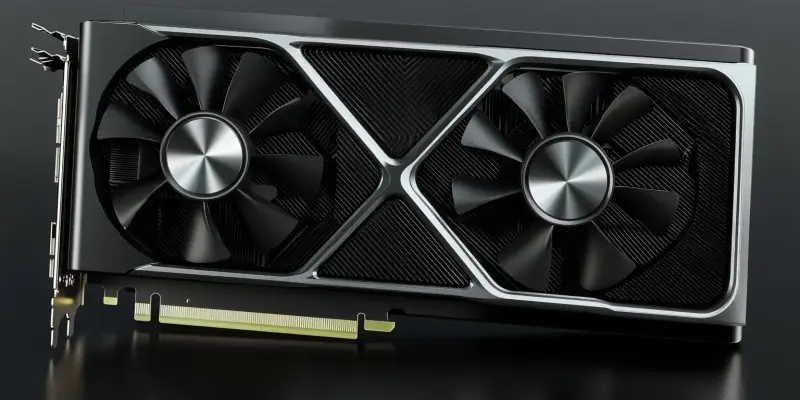As anticipation grows for NVIDIA’s next-generation GeForce RTX 5090 and GeForce RTX 5080 GPUs, industry insiders and tech enthusiasts eagerly await the official pricing and specifications. The excitement is fueled by leaks and rumors suggesting that these high-end graphics cards will offer substantial performance enhancements. However, along with the expected improvements, there is also speculation that the cost of these GPUs will see a significant increase compared to their predecessors. Notably, the RTX 5090 is rumored to be priced at approximately $2,600, and the RTX 5080 might retail for around $1,370. These speculative prices mark a noticeable rise from the previous generation, and potential buyers are keen to understand the factors driving this expected surge.
Performance Improvements and Pricing Justifications
The buzz around NVIDIA’s new GPUs is largely centered on the speculated advancements in performance. Notable leaks, including those from sources like @wxnod, suggest that the RTX 5090 and RTX 5080 might incorporate cutting-edge features such as GDDR7 memory. This anticipated performance boost is one of the primary reasons behind the likely higher price points. Enthusiasts and professionals alike are eager to see how these enhancements will translate into real-world applications, from gaming to high-end computing tasks. The rumored price tags of 18,999 yuan for the RTX 5090 and 9,999 yuan for the RTX 5080 align with the speculated USD prices of $2,600 and $1,370 respectively. The new technologies and competitive performance metrics could justify the premium pricing.
Market Position and Competitive Strategies
NVIDIA remains a formidable player in the high-end GPU market, consistently competing with AMD and Intel. Given its market dominance, the company might leverage this position to increase the MSRP of its flagship models. This strategy of raising prices for top-tier products could be part of a broader effort to maintain profitability while delivering cutting-edge technology. Despite expected price hikes for the RTX 5090 and RTX 5080, mid-range and lower-end models are likely to retain consistent pricing. This approach ensures that NVIDIA remains competitive and accessible in various market segments, potentially attracting a wider range of consumers and professionals.
Industry Expectations and Consumer Preparedness
As the anticipation for NVIDIA’s upcoming GeForce RTX 5090 and GeForce RTX 5080 GPUs builds, tech enthusiasts and industry insiders are eagerly awaiting official details on pricing and specifications. The excitement stems from leaks and rumors indicating that these high-end graphics cards will deliver substantial performance boosts. However, along with the expected improvements, there is also buzz about a significant price hike compared to earlier models. The RTX 5090 is speculated to be priced at approximately $2,600, while the RTX 5080 is predicted to retail for around $1,370. These potential prices reflect a noticeable increase from the previous generation. Enthusiasts are keen to understand what justifies these higher costs. Factors such as advanced technology, improved performance, and potential supply chain challenges are believed to be driving this expected price surge. As more information becomes available, the tech community remains focused on how these next-gen GPUs will ultimately impact both performance and budgets.

